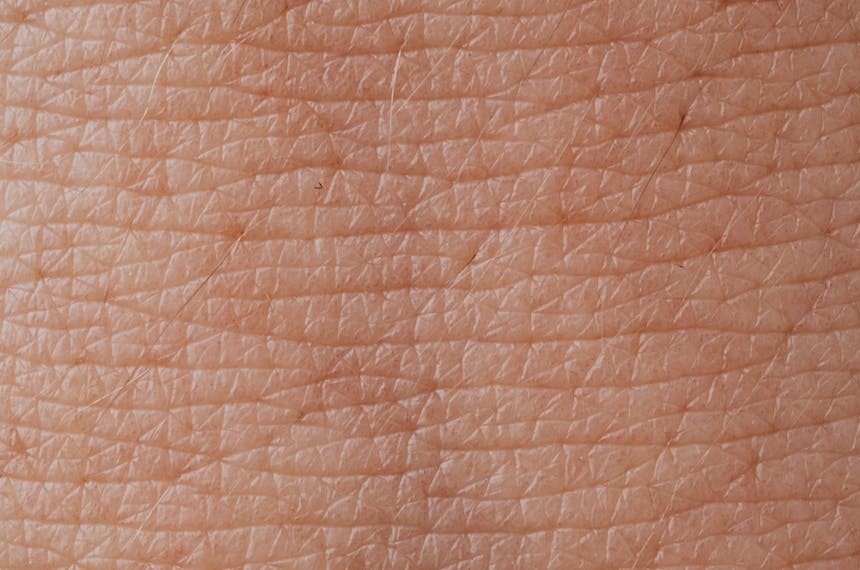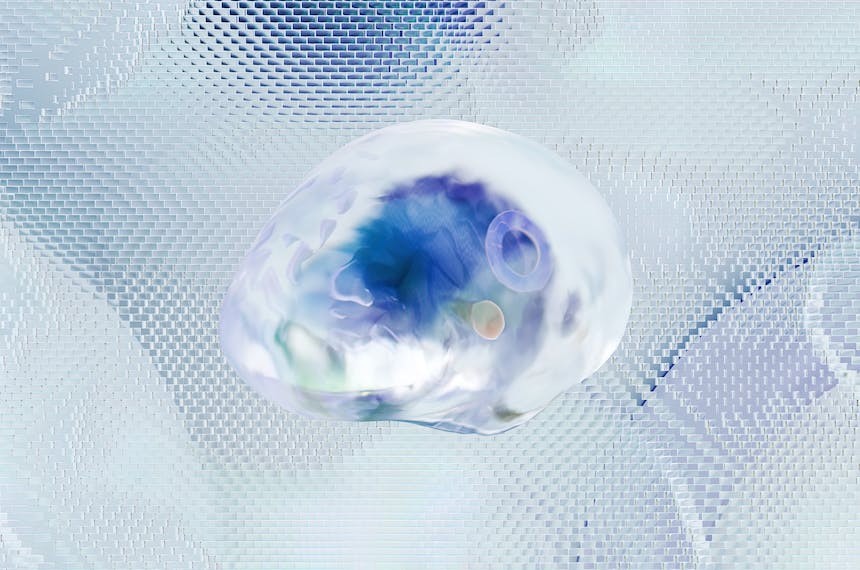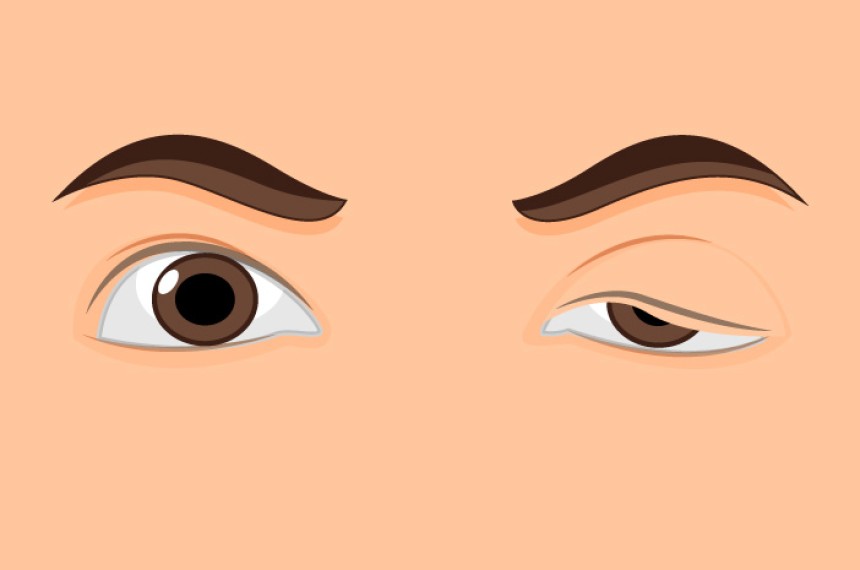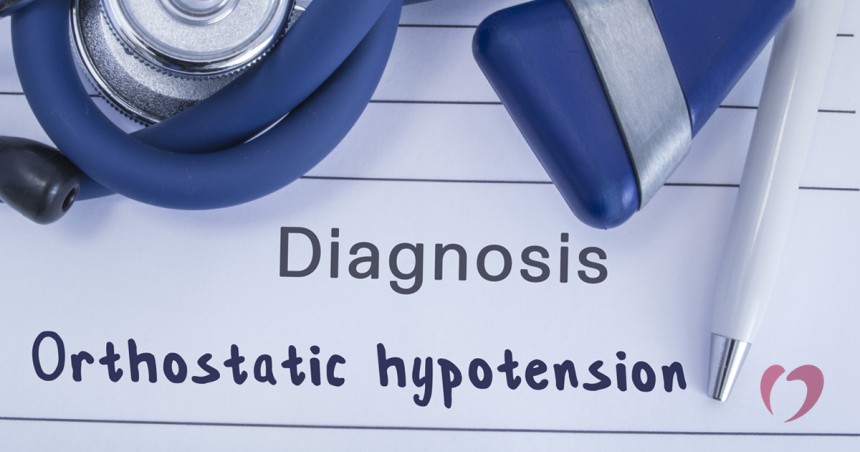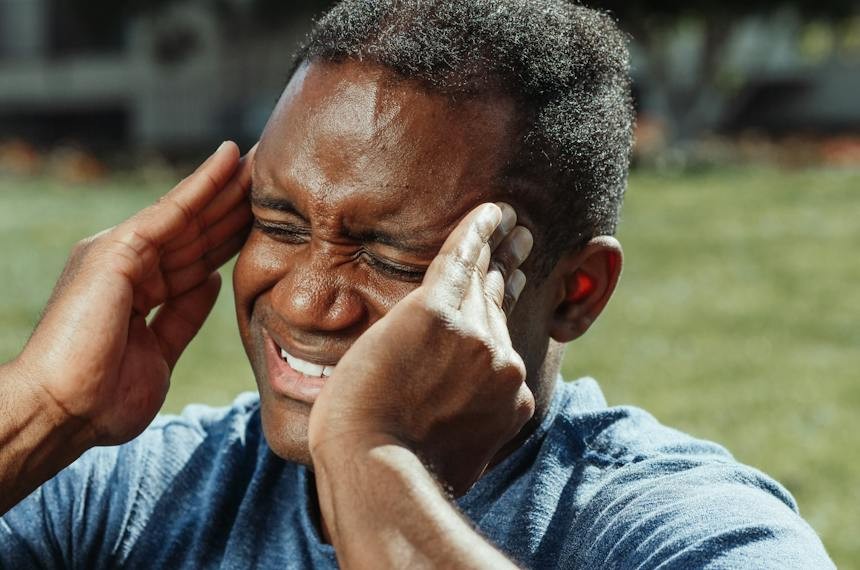
Trigeminal Autonomic Cephalalgias: Focus on Cluster Headaches
This article provides a comprehensive overview of Trigeminal Autonomic Cephalalgias (TACs), with a specific focus on cluster headaches. It details the clinical features of cluster headaches, such as severe unilateral pain and autonomic symptoms, and discusses both acute and preventive treatment strategies. The article highlights the importance of timely intervention in cluster headaches to reduce the frequency and severity of attacks and explores various pharmacological and investigational neurostimulation treatments.
Clinical Presentation of Cluster Headaches
Cluster headaches, a type of TAC, involve severe unilateral pain in the orbital, supraorbital, or temporal areas, accompanied by autonomic symptoms and restlessness. They are characterized by frequent, short-lasting episodes of intense pain.
Acute Treatment of Cluster Headaches
Acute therapy includes 100% oxygen inhalation and subcutaneous sumatriptan. Alternatives for those who cannot use oxygen or triptans include intranasal lidocaine, oral ergotamine, intravenous dihydroergotamine, and subcutaneous octreotide.
Prophylactic Treatment of Cluster Headaches
Preventive therapy is essential in managing cluster headaches, especially for chronic forms and long-lasting episodic types. Verapamil is commonly used, and glucocorticoids are adjunctive therapy during the initial period of verapamil titration. Ergotamine may be used for shorter episodic cluster headaches.
Alternative Treatments and Neurostimulation
Alternative options for refractory cases include pizotifen, valproate, and investigational neurostimulation techniques like sphenopalatine ganglion stimulation and deep brain stimulation.
References
- May A, et al. Hypothalamic activation in cluster headache attacks. Lancet. 1998;352:275–8.
- Choong CK, et al. Clinical characteristics and treatment patterns in cluster headache. Headache. 2017;57:1359–74.
- Headache Classification Committee of the IHS. The International Classification of Headache Disorders. Cephalalgia 2018; 38:1.
- Robbins MS, et al. Treatment of cluster headache: American Headache Society Guidelines. Headache. 2016;56:1093–106.
- Rapoport AM, et al. Zolmitriptan nasal spray in acute cluster headache. Neurology. 2007;69:821–6.
- Matharu MS, et al. Subcutaneous octreotide in cluster headache. Ann Neurol. 2004;56:488–94.
- El Amrani M, et al. A trial of sodium valproate in cluster headache. Cephalalgia 2002; 22:205.
- May A, et al. EFNS guidelines on the treatment of cluster headache. Eur J Neurol. 2006;13:1066–77.
- Francis GJ, et al. Pharmacologic treatment of cluster headache. Neurology 2010; 75:463.

